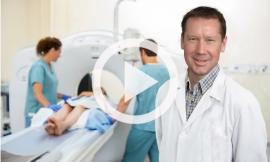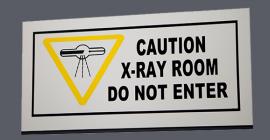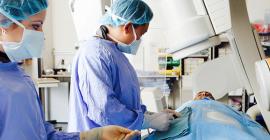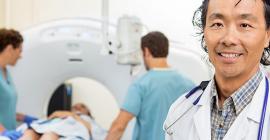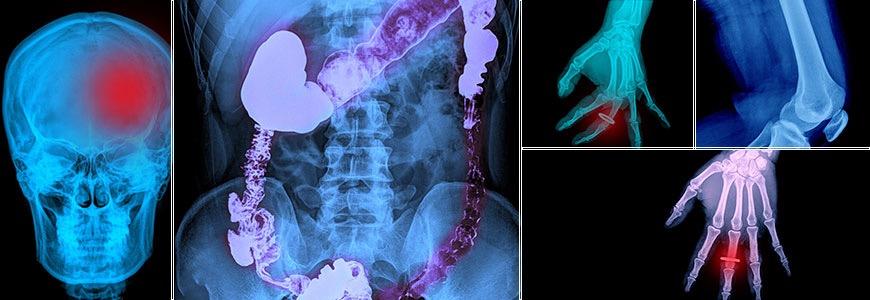
What is Radiology?
Radiology is Essential to the Diagnosis of Many Diseases
Radiology, also called diagnostic imaging, is a series of different tests that take pictures or images of various parts of the body. Many of these tests are unique in that they allow doctors to see inside the body. A number of different imaging exams can be used to provide this view, including X-ray, MRI, ultrasound, CT scan and PET scan.
Radiologists interpret a broad spectrum of diagnostic tests including x-rays, ultrasound, bone mineral densitometry, fluoroscopy, mammography, nuclear medicine, CT and MRI.
“Radiology is essential to the diagnosis of many diseases, particularly cancer. Early diagnosis saves live. Without diagnosis there can be no treatment, there can be no cure.”
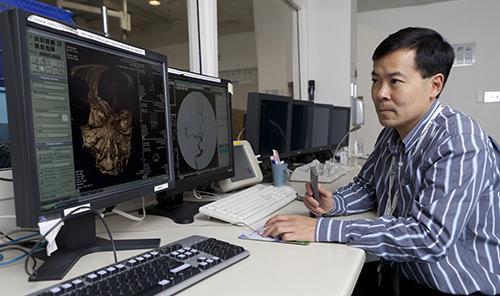
Why is Radiology Important?
Radiology is essential to the diagnosis of many diseases, particularly cancer. Early diagnosis saves lives. Without diagnosis there can be no treatment, there can be no cure.
In Ontario, every hour of every day, an average of eight people will be diagnosed with some type of cancer and three will die from cancer.
“Radiologists save lives. Image interpretation is the most visible contribution of radiologists. The population should be informed about the importance of diagnostic imaging.”

Doctors today cannot manage patients without diagnostic imaging. For many diseases, your family doctor and emergency care physicians rely on radiology test results to determine your diagnosis and the course of your treatment.
Radiologists are the physicians who specialize in interpreting the results of these imaging exams. Family physicians and other specialists turn to radiologists for consultation on the safest and most effective exam, and what the results mean for the patient and the treatment options.
In many cases, you will not meet the radiologist who is working on your behalf. You can trust, however, that they have the knowledge and experience to help you and your doctor make informed decisions about your health care.

